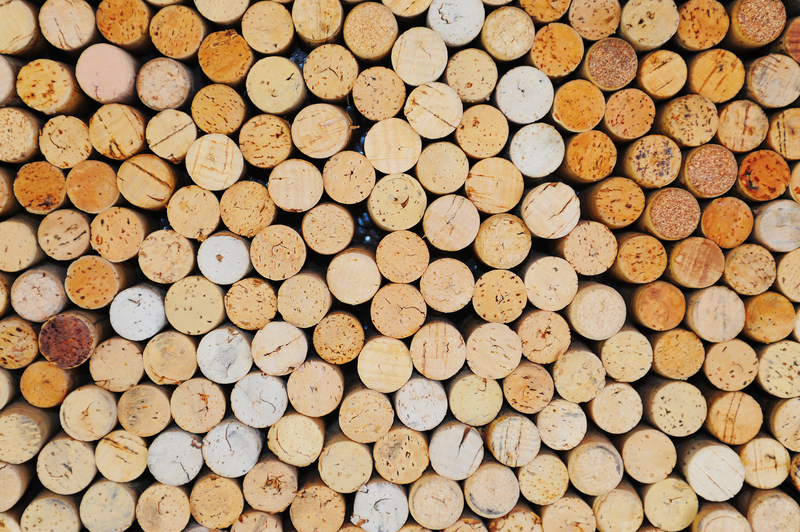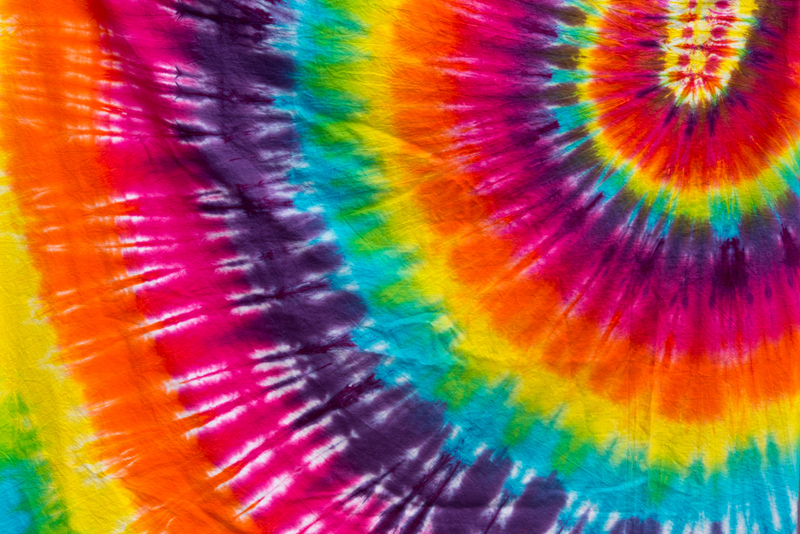From Waste to Wow: Inspiring Transformations Through Upcycling
In today's eco-conscious world, upcycling has become a powerful movement that turns discarded materials into treasures. From reducing landfill waste to unleashing endless creativity and saving money, upcycling is taking the world by storm. In this comprehensive article, we explore amazing stories of waste becoming wonderful, practical upcycling tips, and how you can embark on your own journey from trash to triumph.
What is Upcycling? Understanding the Basics
Upcycling is the innovative process of transforming waste materials, unwanted products, or useless items into new products of higher quality or improved value. Unlike recycling, which often breaks materials down, upcycling gives these materials a new life, often with a twist of creativity or artistry. This innovative approach to sustainability maximizes resource use while making a strong fashion and design statement.
- Upcycling vs Recycling: Recycling involves breaking down materials to create something new, often with energy-intensive processes. Upcycling, in contrast, adds value and creativity without extensive reprocessing.
- Downcycling: This term refers to recycling materials into products of lesser value, the opposite of upcycling.

Why Upcycling Matters: Environmental and Social Benefits
Turning waste into wow isn't just a trend--it's a crucial response to today's environmental challenges. Here's why upcycling is worth your attention:
1. Reducing Landfill Waste
Landfills are overflowing with items that could potentially be reused or repurposed. Upcycling diverts these items from landfills, reducing landfill volume and pollution.
2. Conserving Resources
By reimagining waste, upcycling reduces the demand for raw materials, saving energy and natural resources. It's a win-win for both people and the planet.
3. Promoting Creativity and Innovation
Upcycling encourages creative thinking and problem-solving--it's about seeing the potential in what others see as trash. This fosters innovation in design, manufacturing, and everyday life.
4. Supporting Local Economy and Communities
Many local artisans and small businesses have embraced upcycling, creating unique jobs and supporting community development.
5. Fostering Sustainable Lifestyles
Practicing upcycling helps consumers cultivate a sustainable mindset, leading to more mindful consumption and responsible waste management in daily life.
Incredible Upcycling Transformations: Waste to Wow Stories
Want some inspiration? Here are fantastic examples of individuals and organizations turning waste into wonder:
Upcycled Fashion
- Jeans to Jackets: Many fashion brands now upcycle old jeans into trendy denim jackets, bags, and even home decor.
- Plastic Bottle Dresses: Designers have dazzled on runways with evening gowns and streetwear crafted from PET plastic bottles.
- Vintage Textiles Revival: Vintage fabrics--curtains, bedsheets, even old saris--are reborn as statement clothing pieces or accessories.
Home Decor and Furniture
- Pallet to Couch: Discarded shipping pallets are transformed into stylish couches, coffee tables, and shelving units with some basic tools and a coat of paint.
- Wine Bottle Chandeliers: Creative individuals are turning empty wine bottles into stunning light fixtures, combining functionality with eco-friendly beauty.
- Bathtubs as Sofas: Old bathtubs with cracked enamel are cut and cushioned to become funky, comfortable sofas.
Upcycled Art Installations
- Washed Ashore Sculptures: Artists at Washed Ashore project gather ocean plastic waste and create giant sea animal sculptures, raising awareness about marine pollution.
- CD Mosaic Murals: Discarded CDs, DVDs, and aluminum cans are turned into mesmerizing mosaics and wall art across urban landscapes, blending upcycling with public beautification.
Upcycling in Construction
- Plastic Bottle Walls: Eco-builders in various countries use sand-filled plastic bottles to construct durable, affordable homes.
- Shipping Container Homes: Old, unused containers are being repurposed globally as modular, stylish residential structures.
Life-Saving Upcycles
- Bike to Ambulance: In parts of Africa and Asia, old bicycles have been upcycled into bicycle-powered ambulance stretchers, bringing lifesaving medical care to remote communities.
Upcycling Ideas: Transforming Trash Into Treasures at Home
Want to start your own waste to wow journey? Upcycling for beginners is fun, budget-friendly, and accessible for everyone! Here are popular DIY upcycling ideas:
Kitchen Upcycles
- Glass jars to Storage: Paint and label empty glass jars for use as kitchen canisters, spice holders, or planters.
- Tin cans as Utensil Holders: Clean and decorate tin cans to organize cutlery or as quirky flower vases.
Garden Upcycling
- Plastic bottles as Watering Devices: Insert holes in water bottles to make easy-drip irrigation systems.
- Tires as Planters: Paint and stack old tires to create multilevel garden beds and playful yard features.
Closet Creativity
- T-shirt Tote Bags: Turn old t-shirts into reusable grocery bags--no sewing required!
- Sweater Mittens: Cut and stitch old sweaters into cozy winter mittens.
Kids' Crafts
- Cardboard Castles: Recycle shipping boxes into imaginative play castles and forts.
- Cereal Box Journals: Upcycle cereal boxes into colorful DIY notebooks for kids.
Home Office Upgrades
- Drawer Organizers: Use old shoebox lids and muffin tins to keep office supplies in order.
- CD Spindle Pen Holders: Repurpose those outdated CD cases into sleek desk organizers.
How to Get Started With Upcycling: Practical Steps
Ready to transform waste into wow? Follow these steps to kick off your upcycling adventure:
- Identify Reusable Materials: Start a collection of items commonly thrown away--glass jars, cardboard, old clothing, furniture, electronics.
- Research Inspiration: Browse upcycling communities on Pinterest, Instagram, and YouTube for project ideas and tutorials.
- Keep It Safe: Always clean and sanitize items before beginning. Use gloves, masks, and safety gear when cutting or working with sharp materials.
- Gather Tools and Supplies: Basic upcycling might need only glue, scissors, paint, nails, or tape. Advanced projects may require drills, saws, or sewing machines.
- Start Simple: Begin with easy projects (like jar upcycles or t-shirt bags) and advance to more complex builds as your skills improve.
- Collaborate and Share: Upcycling is even better with friends or family. Share your successes (and failures!) online to inspire others.
Trends in the Upcycling Movement
Upcycling is becoming increasingly mainstream, thanks to eco-friendly lifestyles and consumer demand for sustainable products. Key trends include:
- Upcycled Furniture Brands: Companies like Vinterior, REfUSE, and local artisans are enjoying a surge in popularity for chic, sustainable furniture lines.
- Upcycle in High Fashion: Leading designers and labels incorporate upcycled textiles and vintage finds into luxury apparel.
- Corporate Initiatives: Businesses encourage upcycling with "takeback" programs and awards for creative reuse ideas.
- Tech Upcycling: Repurposing old smartphones and gadgets for IoT projects, security cams, or educational toys.
- Community Upcycle Hubs: Local centers provide tools, materials, and workshops for residents to learn upcycling skills.
Challenges of Upcycling: What to Watch Out For
Although upcycling is fun and beneficial, there are challenges to consider:
- Quality Control: Not all reused materials are safe or suitable for their new purpose.
- Time Investment: Some projects are time-intensive; plan for this and don't rush complex repairs.
- Supply Chain: Sourcing consistent waste materials for larger projects/businesses can be difficult.
- Education: Many people remain unaware of upcycling's potential and best practices for safety and design.
How to Make Upcycling Part of Your Lifestyle
Want to integrate upcycling into your daily routine? Here are some easy "waste to wow" lifestyle changes:
- Shop Secondhand: Thrift stores and vintage shops are havens for upcyclers looking for project fodder.
- Declutter Mindfully: Before throwing anything away, ask, "Could this be upcycled or donated?"
- Host Swap Parties: Trade clothing or household items with friends and upcycle the leftovers.
- Support Local Upcyclers: Buy art, decor, and fashion from makers who specialize in upcycled goods.

The Future of Upcycling: A Greener, More Creative World
As the "waste to wow" philosophy takes hold, more businesses, governments, and innovators will embrace upcycling as a cornerstone of the circular economy. From public art to product design and sustainable architecture, the future promises:
- Wider Adoption: Mainstream brands and cities investing in upcycling programs, infrastructure, and incentives.
- Policy Support: Governments encouraging upcycling through grants, waste reduction targets, and education.
- Technological Advances: New tools and methods that make upcycling safer, faster, and more accessible than ever before.
- Bigger Impact: Collectively, our small upcycling efforts lead to less waste, more beauty, and a healthier planet.
Conclusion: Your Upcycling Adventure Awaits
From waste to wow, upcycling offers an exciting opportunity to reduce waste, exercise creativity, and make a positive impact on the environment and your community. Whether you start small with a DIY jar lamp, take on a bigger project like a pallet coffee table, or support local upcycled art, every action counts. Unleash your imagination, reduce your ecological footprint, and join the growing movement that proves: the end of one object's life is the beginning of another's story.
Ready to turn trash into treasure? Your next upcycling adventure awaits--let's create a world where waste becomes wow!
